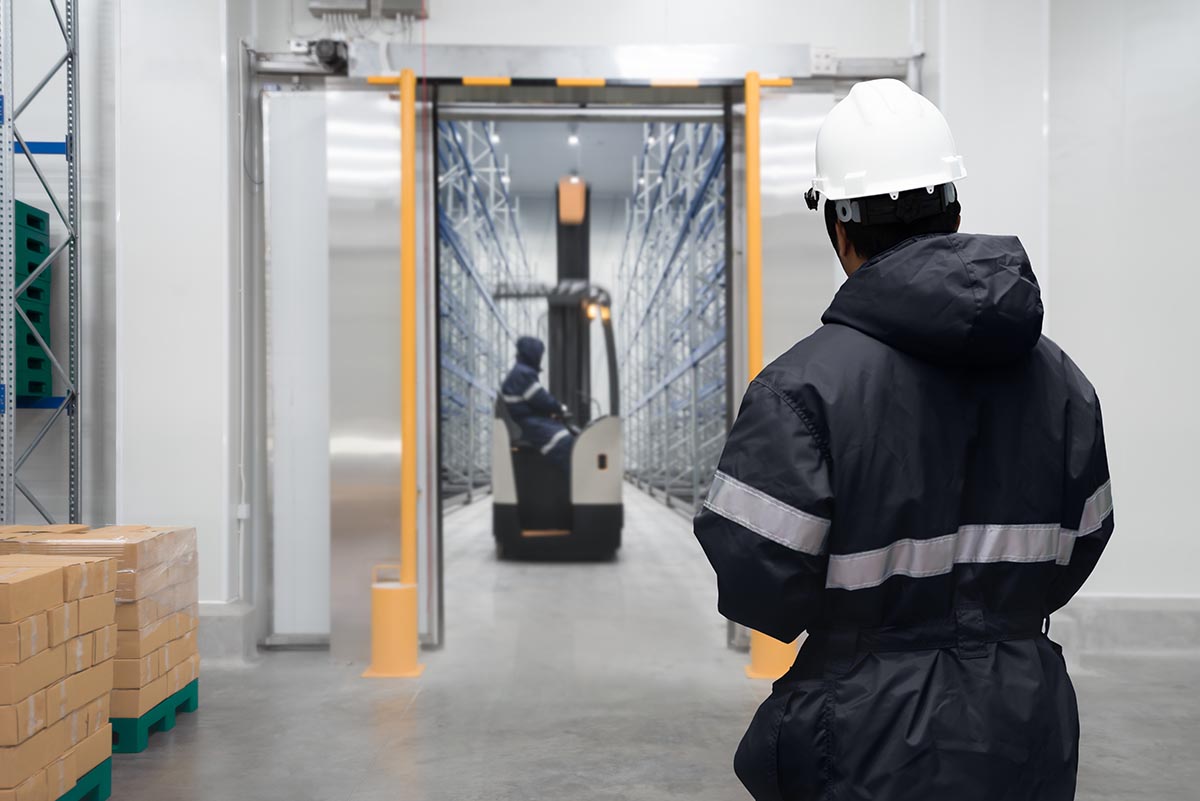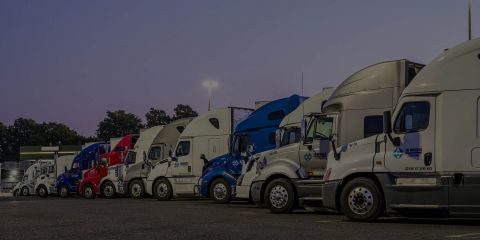2012
What do we need to know about 3PL Cold Storage Warehousing?

A cold storage warehouse is a facility designed to keep temperature-sensitive products safe by maintaining specific environmental conditions. They can sometimes us RTD temperature detectors. These warehouses appear to be just like any other warehouse on the outside, yet they are different on the inside to fulfil their needs. More investors are looking for space in Vancouver, B.C., Western Canada to build more cold storage with the space for co packing and re packing of drinks and beverages – wine, beer, spirts and other liquor / alcohol.
Cold storage and related warehousing aren't new concepts. We've been storing food at cold temperatures even before the convenience of home fridges and freezers were conceived, because people have always needed to eat. The idea is that keeping food cold keeps it fresher for longer, ensuring quality and safety.
We cannot ignore the daily requirement for chilled or frozen food, other pharmaceutical supplies, and things that require cold or chilled warehousing. The cold chain is enormous, and temperature-controlled warehousing is an important aspect of it.
There are essentially two key aspects that make up basic types of cold storage warehousing: the outdoor warehouse itself and the equipment inside, keeping it ready for trucking and distribution. The racks that are typical in most warehousing designs are themselves part of the warehouse's integral structure in a third integrated alternative that includes both. Regardless of construction type, all cold storage facilities contribute to maintaining a consistent temperature in their internal space. These processes skip transloading and cross docking as products are stored in the warehouse for a certain amount of time.
In general, cold storage warehousing can be divided into two types based on the required temperature:
• Fully frozen, with temperature control between -30 and 0°C.
• Refrigerated at a controlled temperature of 0 to 10°C.
The main goal of a refrigerated storage warehouse, which is commonly used for food, is to keep the produce at an optimal temperature to prevent rotting and increase the life of the product.
A freezer warehouse, must maintain a consistent, steady temperature to prevent the product from losing its integrity and spoiling.
For over 30 years, 18 Wheels Logistics has strived to be the most customer-centric trucking, warehousing, and logistics company around. Based in Vancouver, British Columbia, Canada, 18 Wheels relies on experience and integrity to make customers happy and remain on the cutting edge of shipping and logistics management.
If you have any questions about this article or you would like to talk to us about your shipping needs, please call us at (604) 439-8938.
